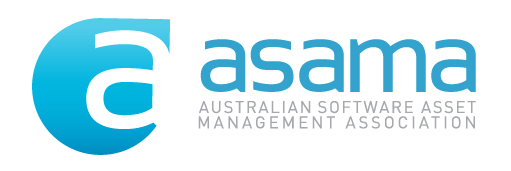The management of software installed on servers is challenging when there are few
or no controls in place. The administrators of these servers are primarily focused on server availability
and will seek to have the highest capacity server with the most robust and feature rich software. This
can be counterproductive to Software Asset Management (SAM) goals of only deploying to what has been
authorised to be deployed, which in all cases is not exceeding the organisations licence entitlements. It
is important that the SAM team are aware of what events trigger changes to servers, where changes to the
deployment of software could occur.
For business as usual, break fix
of servers is an event where there is opportunity to make changes that could affect the software licence
deployment and entitlement. Changes to CPU’s could affect a capacity licence model, rebuilding of the server
could introduce additional virtual servers than what was previously configured.
For projects the events
could be:
• New capability being added to
existing servers, that requires additional clustering requirements or additional licences for server to
server connections.
• Increased use of existing
capability may mean more user licences are required or additional capacity is implemented that requires
additional software licensing due to the capacity licensing model.
• Hardware reaching end of life,
may see new servers replacing them which are much more powerful and they require additional software
licensing
• Software reaching end of life
and this software is upgraded to a supported version. This will require rights to upgrade or the purchase of
new software licences. In both instances the EULA that applies to the new software version will apply and
not the old EULA for the previous version.
• Consolidation of existing
hardware could either increase or decrease costs
• Decommissioning of servers
without reclaiming the software licences for reuse.
The following management
techniques could be used:
• Make it easy for operations
staff and project managers to engage with the SAM team, through well known channels. This could be the
Service Desk, Group email or telephone, workflow.
• Continuous education programs on
the SAM services, including induction mediums for new starters and project management hand
books.
• Proactively promoting and
offering SAM services
• Active and visible auditing
program
• Being part of existing service
management processes
By applying these
management techniques the following outcomes can be achieved:
• Improved
compliance
• Cost reductions in software and
hardware
• Improved architecture
designs
• Greater recognition of SAM
benefits
• Corporate exposure of the SAM
role and responsibilities
Server software is usually
expensive and can quickly become more expensive if active management is not undertaken to keep software
usage to less or equal to actual entitlements. Through rigorous and systemic management of server software,
the SAM team will be undertaking a valuable and necessary role in ensuring that the organisation is
effectively and efficiently utilising its software assets.
(IE Printing: - There are known IE printing problems that affect certain printer brands and
printer types; Chrome and Firefox have no reported issues.)


